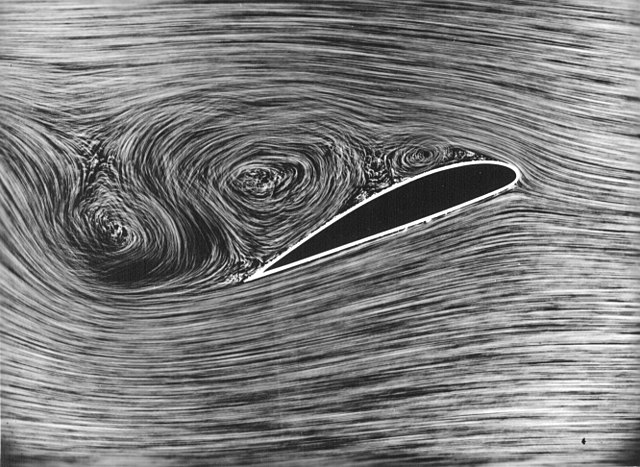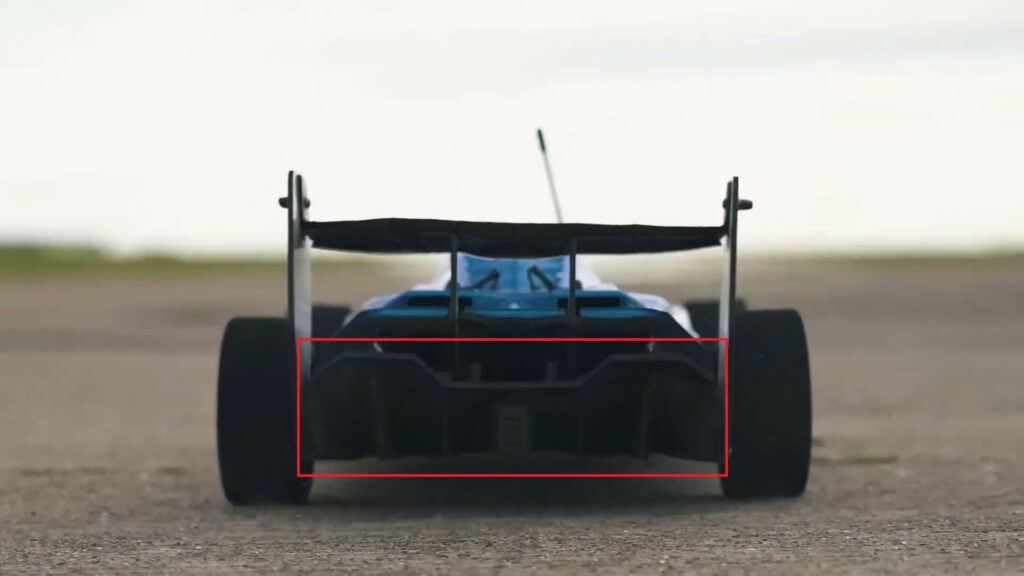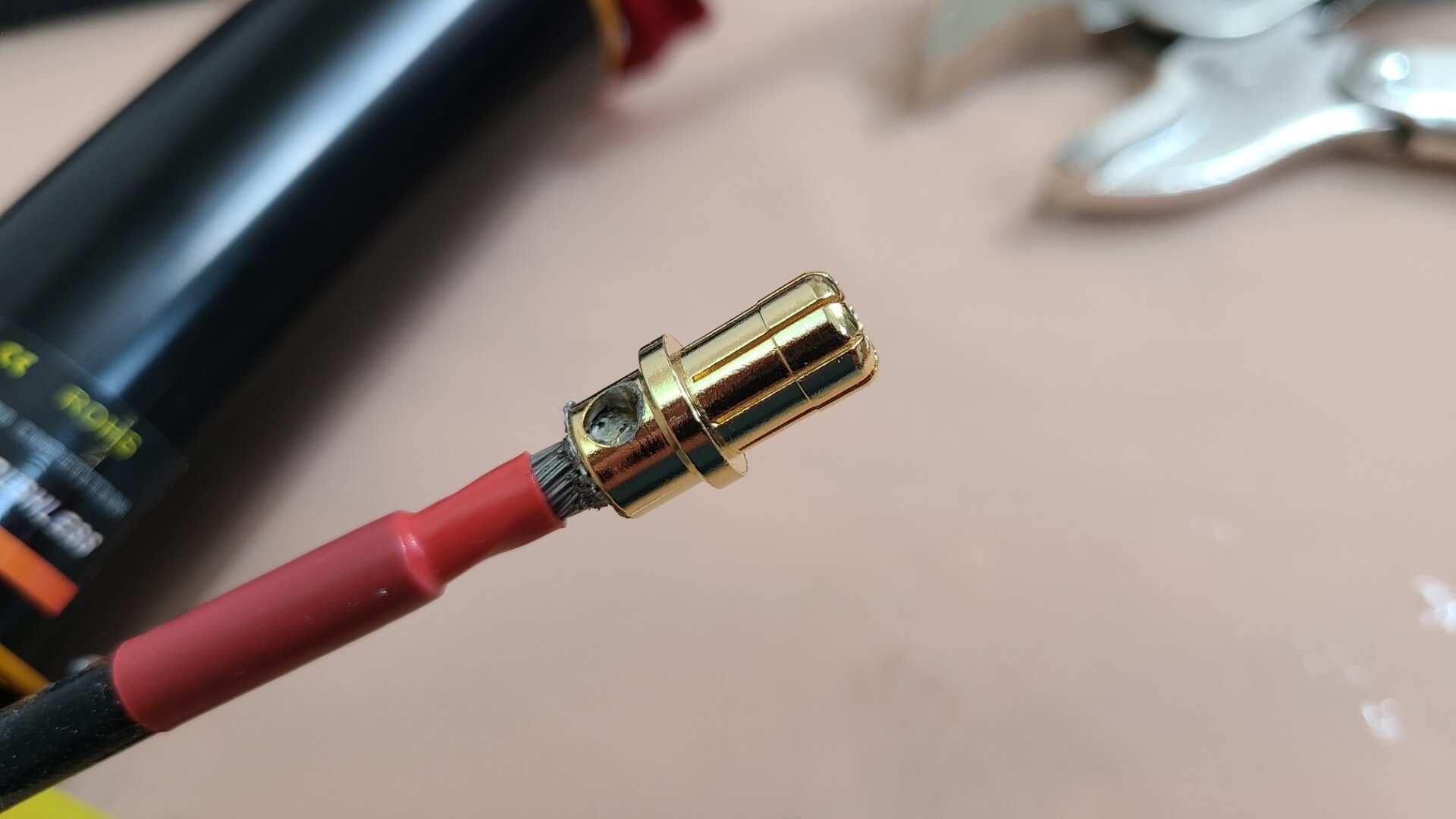If you’re hard-pressed to figure out how a diffuser works in a race car, here’s a layman’s explanation that probably could enlighten you. Let’s start with the basics.
What is a Diffuser
A diffuser is a device installed at the rear underside of a high-speed vehicle to increase downforce. And we all know why we want downforce, that is to help the vehicle negotiate corners at higher speed by pushing the car on the ground without it losing grip on the ground surface. A diffuser has a fin-like upward-sloping shape commonly seen in Formula 1 cars and high-performance cars like Ferrari or Lamborghini.
There are a few scientific principles that you need to initially grasp to fully comprehend how a diffuser helps to create the much-needed downforce, especially when cornering.
- Air moves from a high-pressure area to a low-pressure area.
- High-speed air has low pressure, low-speed air has high pressure.
- The diffusing device must be able to direct the air out without creating immediate drag.
Air Moves From High-Pressure Area to Low-Pressure Area
To understand this, imagine you’re blowing a balloon. The balloon expands because the air pressure inside is higher than outside, thus the air molecules are trying to push out to the lower pressure area outside the balloon. It’s like having a billion little army men pushing on the balloon’s wall to get to the lower pressure zone.
A more relevant example is the basic operation of an aerosol canister where the content inside the can sprays out at a high speed when you press the nozzle. This is because the air pressure inside the canister is higher than the outside. The higher the pressure difference between the inside and outside of the can, the faster the air from the canister will travel when released.
High Speed Means Low Air Pressure, Low Speed Means High Pressure
You must have heard of Bernoulli’s principle. And it goes without saying, the principle applies to the operation of a diffuser. The principle dictates that air has a lower pressure when it is moving at a high speed while having a higher pressure when it is moving slower.
The statement above is crucial in understanding the operation of a diffuser because its sole purpose is to speed up the air traveling at the bottom of the car by moving the air quickly from the front to the rear. As its name implies, it diffuses air out from the bottom of the car rather quickly. Air moves faster in a confined space than in a wide area. As air is rapidly diffused out from the bottom of the car, the air pressure below the car reduces. This is called the Venturi Effect.
This creates a pressure differential between the top of the car and the bottom of the car, thus pushing the car down. Remember our little army men? These tiny air molecules force the race car down on the track by creating the much-needed downforce.
The Diffuser Redirects Air Out From the Car Without Immediate Drag
This part is more difficult to understand. One may argue that if air moves from high pressure to low when the air is released out by the diffuser at the back of the car, it will have a higher pressure since now the air is no longer traveling at a fast speed. So, how does this help to create downforce?
It doesn’t. Because that is not the purpose of the diffuser. Its main purpose is to properly direct fast-moving air out from the bottom of the car via its upward-sloping shape and fins.
Imagine if we don’t have a diffuser at the rear. When the bottom air gets released from the back of the car, it will quickly turn turbulent and create drag. This force will “drag” the air back causing it to slow down.
Therefore, by having a funnel-like shape on a diffuser, the air flows smoothly around the diffuser’s surface without causing flow separation. We want to prevent flow separation because when air is separated from the surface it is flowing on, it will become turbulent and produce drag. That is why a diffuser that is too large will not help our purpose because layer separation has occurred.

This explains why your car’s rear window is often more dusty than your front windshield because the turbulent air circulates at the back of of your car and causes dust to adhere to the rear window.
All the science above also applies to a smaller-scale vehicle like an RC car. That is why we also find some RC vehicles that are equipped with diffusers such as Arrma Limitless and Traxxas XO-1.


